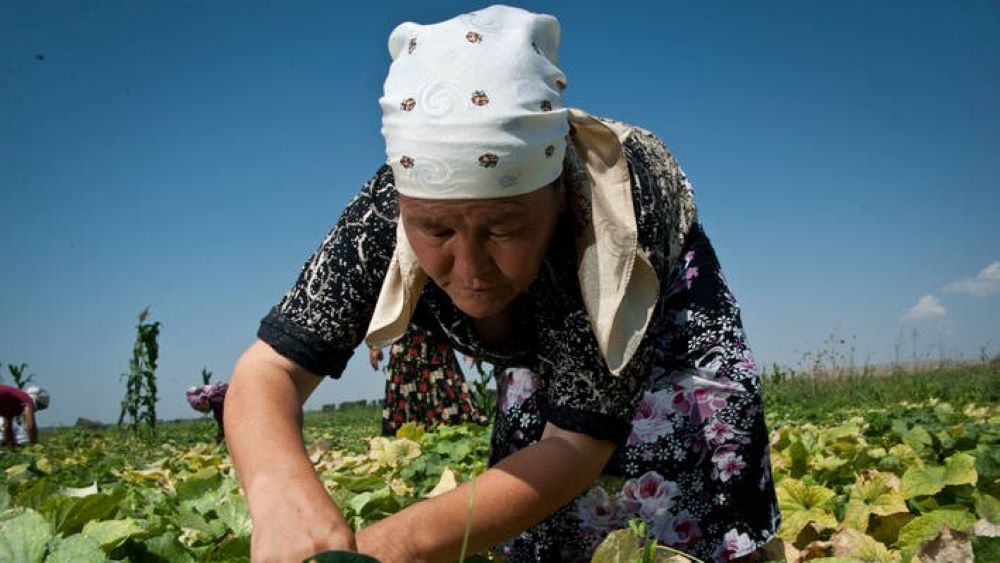Most of them have had their last visit to a gynecologist when they gave birth to their last child, and the biggest taboo topic is gender-based violence in the family, which unfortunately is still considered a normal thing in the family.

Liljana Jonoski
Only 38% of women in rural areas are considered economically active, but only 5% of them have property in their name. These are numbers that have remained the same for years and have not changed upward, and why this is so, the answer seems to be impossible to find. Is it the stereotypes or traditional barriers that still do not allow women from the rural environment to find their place in society? Or do they have too many obligations related to taking care of the home, the family, the fields, that take up to 11 hours a day (as opposed to the 9.5 hours for men), so they don’t have much time left to be active in the community? It’s really hard to say.
Uncertain placement, unpaid work, economic inactivity on the labor market and unstable and low incomes, which have decreased even more for up to 84% of the women from rural areas during the Covid pandemic – all of these cause serious and long-term negative effects on their economic empowerment and social inclusion. In addition, precisely because of their invisibility on the labor market, because of insufficient information and involvement in social flows, women also face the challenge of unpaid maternity leave, as well as sick leave due to workplace injury.
The Covid pandemic has brought to the surface the long-standing challenges that women in rural areas constantly struggle with: namely, access to social and health services. In the majority of rural municipalities, there are no ambulances, and there is no public transport for women to visit a doctor or a specific center for social protection. Most of them have had their last visit to a gynecologist when they gave birth to their last child, and the biggest taboo topic is gender-based violence in the family, which unfortunately is still considered a normal thing in the family. Very few of the women decide to report such violence because of the shame and condemnation from the community, but also because there are no centers for protection and support of victims of domestic violence even in the cities in the interior of the country, let alone in the villages. The fact that during the pandemic as many as 42% of women from rural areas had challenges in providing food and basic means of hygiene, compared to 22% of women from urban areas, is overwhelming.
Women do not use systemic measures to support their work because there are no gender-sensitive and gender-transformative measures that would mean gender-responsible budgeting, and one of the reasons for this is that they are not recognized by the system, that is, they enter the so-called informal economy. And here I would mention one more fact that may be crucial for things to finally start moving upwards, and that is the inclusion of women in decision-making processes in the local community. The real situation is such that there are almost no women in the decision-making structures, so out of 257 local communities in 17 municipalities, only 5 are women, which, according to the research of the Rural Coalition, is only 3% at the level of planning regions and the state. It is evidently reflected at every level of public decision-making, which is confirmed by the fact that when you look at the number of women mayors, there are only two in total!
The systemic approach, the intersectoral coordination and communication, establishing gender equality and the inclusion of gender perspectives in the creation of policies, strategic documents and programs in each area as a horizontal topic, just as the European Union requires, should be at the top of the agenda of every institution.
Liljana Jonoski, Executive Director, Rural Coalition



Leave A Comment